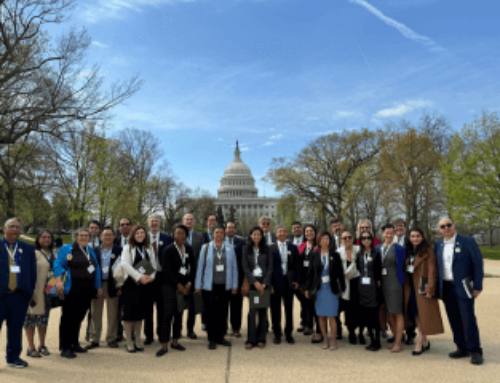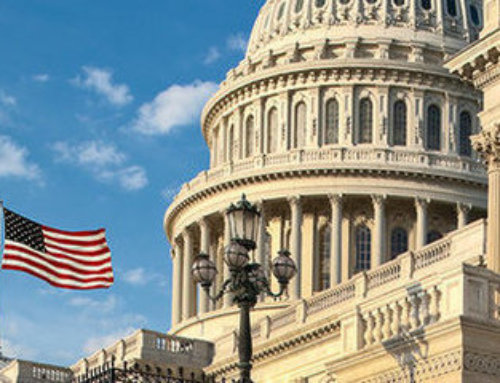States with higher median incomes and fewer uninsured residents tend to have better physician-to-resident ratios, according to a state-by-state analysis of the physician shortage issue.
The analysis is based on American Association of Medical Colleges (AAMC) State Physicians Workbook data, 2010 data from the U.S. Census Bureau, and data from the Kaiser Family Foundation. According to AAMC, the national physician shortage will exceed 90,000 doctors by 2020. The 10 ten states with the fewest physicians per resident are:
- Mississippi (159.4 physicians per 100,000 residents);
- Arkansas (169.1 physicians);
- Utah (169.5 physicians);
- Idaho (172.5 physicians);
- Texas (176.1 physicians);
- Alabama (178 physicians);
- Nevada (178.1 physicians);
- Oklahoma (178.7 physicians);
- Wyoming (178.8 physicians); and
- Georgia (179.9 physicians).
Seven of the 10 states with the lowest physician-to-resident ratios also have uninsured rates that are higher than the 15.5% national rate.
The 10 states with the most physicians per resident are:
- Massachusetts (314.8 physicians per 100,000 residents);
- Maryland (281 physicians);
- New York (277.4 physicians);
- Connecticut (273 physicians);
- Maine (272.1 physicians);
- Vermont (270.7 physicians);
- Rhode Island (269 physicians);
- Hawaii (265.5 physicians);
- New Hampshire (257.4 physicians); and
- New Jersey (251.4 physicians).
All 10 states with the highest doctor-to-resident ratios had uninsured rates below the national average. The states tended to be the wealthiest, with longer life expectancies, lower obesity rates and a lower number of smokers.








